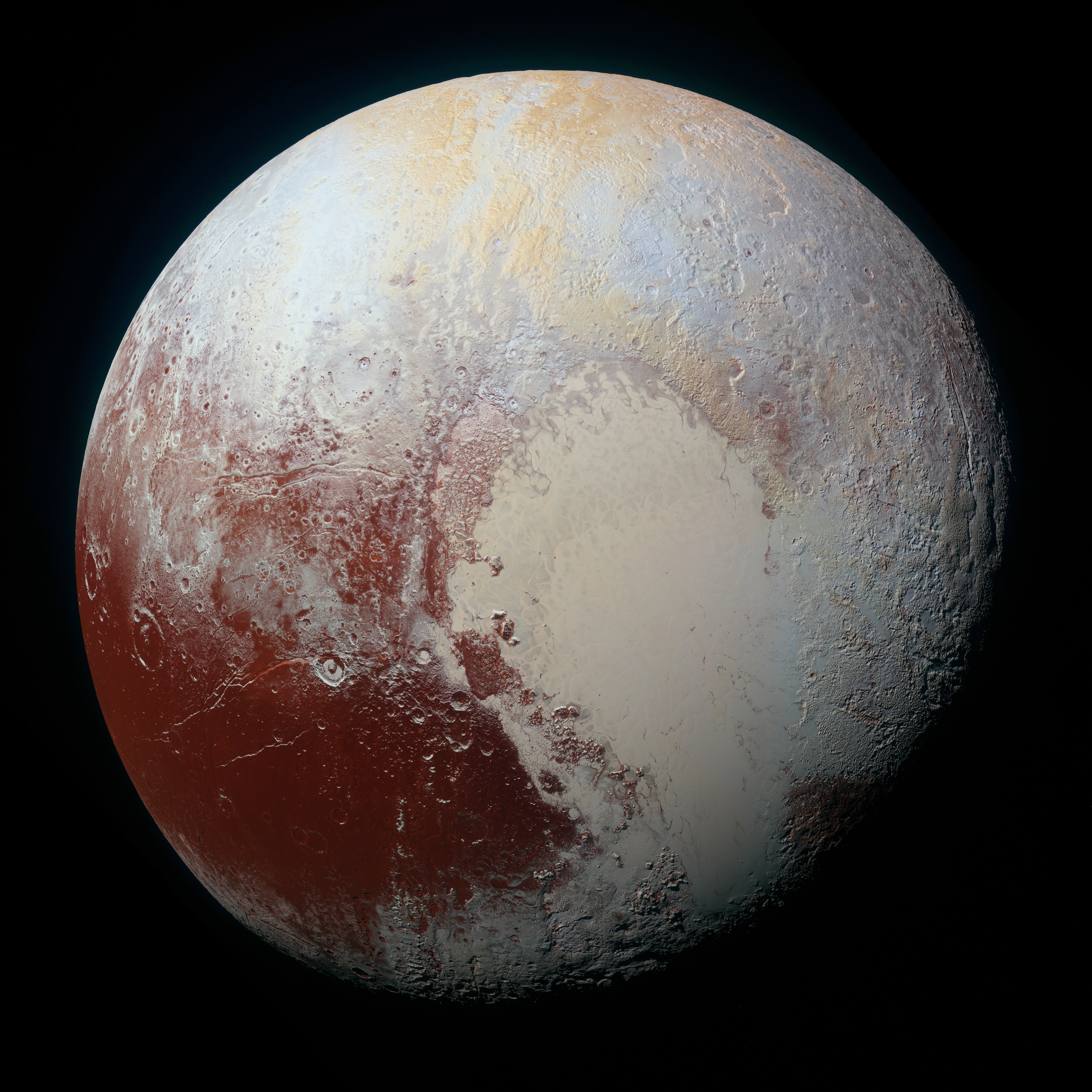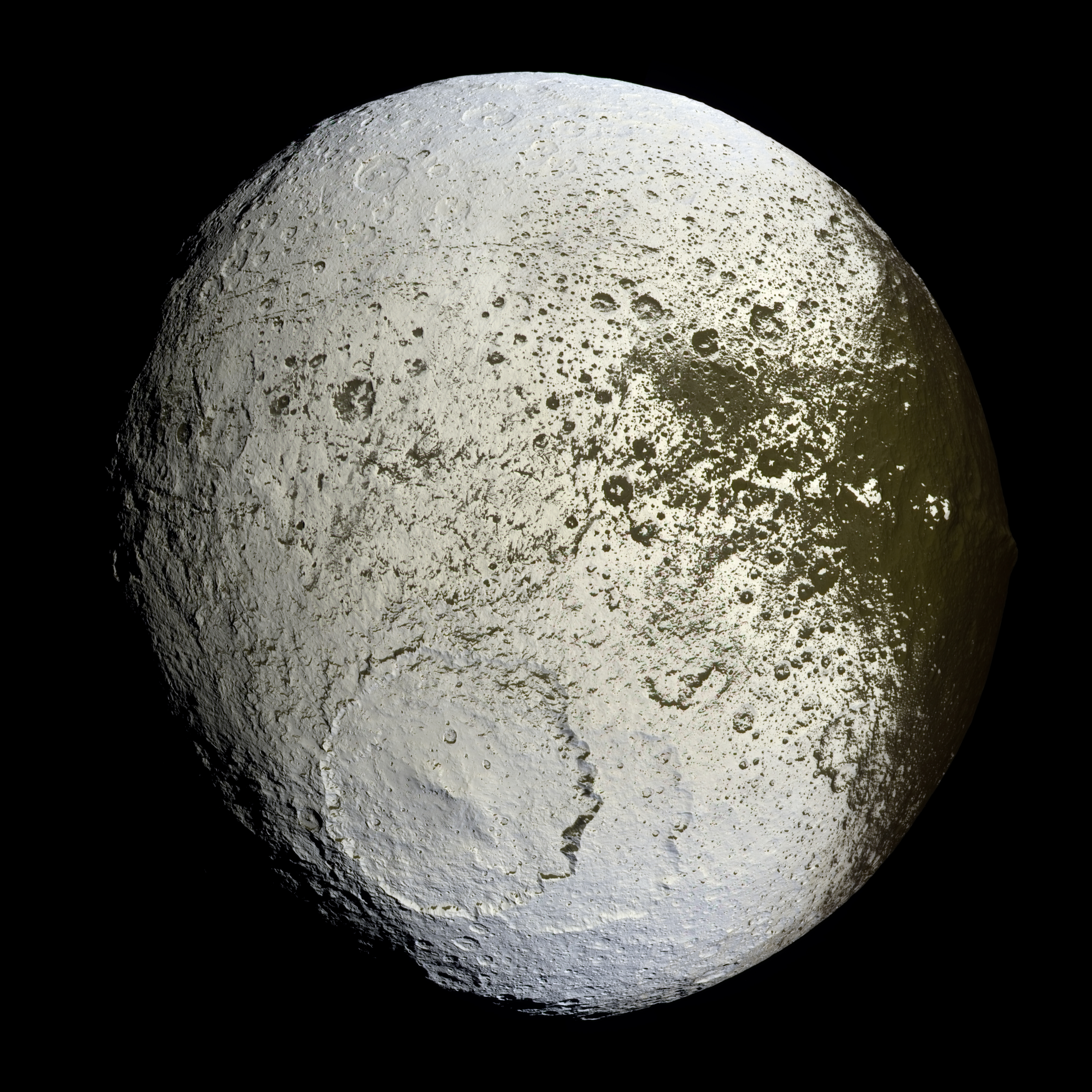|
Saragossa Terra
Saragossa Terra is the name given to the southern part of the highly reflective half of Saturn's moon Iapetus. It is bordered on the north by Roncevaux Terra, and on both the east and west sides by Cassini Regio. The largest named crater in Saragossa Terra is the 504-km-diameter Engelier. It partially obscures the slightly smaller crater Gerin. Both craters are named for paladins mentioned in The Song of Roland The ''Song of Roland'' () is an 11th-century based on the deeds of the Frankish military leader Roland at the Battle of Roncevaux Pass in AD 778, during the reign of the Emperor Charlemagne. It is the oldest surviving major work of French li .... References Surface features of Iapetus (moon) {{saturn-stub ... [...More Info...] [...Related Items...] OR: [Wikipedia] [Google] [Baidu] |
Planetary Nomenclature
Planetary nomenclature, like terrestrial nomenclature, is a system of uniquely identifying features on the surface of a planet or natural satellite so that the features can be easily located, described, and discussed. Since the invention of the telescope, astronomers have given names to the surface features they have discerned, especially on the Moon and Mars. To found an authority on planetary nomenclature, the International Astronomical Union (IAU) was organized in 1919 to designate and standardize names for features on Solar System bodies. IAU approval procedure When images are first obtained of the surface of a planet or satellite, a theme for naming features is chosen and a few important features are named, usually by members of the appropriate IAU task group (a commonly accepted planet-naming group). Later, as higher resolution images and maps become available, additional features are named at the request of investigators mapping or describing specific surfaces, fe ... [...More Info...] [...Related Items...] OR: [Wikipedia] [Google] [Baidu] |
Iapetus (moon)
Iapetus () is the outermost of Moons of Saturn, Saturn's large moons. With an estimated diameter of , it is the third-largest moon of Saturn and the List of natural satellites, eleventh-largest in the Solar System. Named after the Titans, Titan Iapetus, the moon was discovered in 1671 by Giovanni Domenico Cassini. A relatively low-density body made up mostly of ice, Iapetus is home to several distinctive and unusual features, such as a striking difference in coloration between its leading hemisphere, which is dark, and its trailing hemisphere, which is bright, as well as a massive Equatorial ridge on Iapetus, equatorial ridge running three-quarters of the way around the moon. History Discovery Iapetus was discovered by Giovanni Domenico Cassini, an Italian-born French astronomer, in October 1671. This is the first moon that Cassini discovered; the second moon of Saturn to be discovered after Christiaan Huygens spotted Titan (moon), Titan 16 years prior in 1655; and the sixth ... [...More Info...] [...Related Items...] OR: [Wikipedia] [Google] [Baidu] |
Zaragosa
Zaragoza (), traditionally known in English as Saragossa ( ), is the capital city of the province of Zaragoza and of the autonomous community of Aragon, Spain. It lies by the Ebro river and its tributaries, the Huerva and the Gállego, roughly in the centre of both Aragon and the Ebro basin. On 1 January 2021, the population of the municipality of Zaragoza was 675,301, (as of 2023, the fourth or fifth most populous in Spain) on a land area of . It is the 26th most populous municipality in the European Union. The population of the metropolitan area was estimated in 2006 at 783,763 inhabitants. The municipality is home to more than 50 percent of the Aragonese population. The city lies at an elevation of about above sea level. Zaragoza hosted Expo 2008 in the summer of 2008, a world's fair on water and sustainable development. It was also a candidate for the European Capital of Culture in 2012. The city is famous for its folklore, local cuisine, and landmarks such as the Ba ... [...More Info...] [...Related Items...] OR: [Wikipedia] [Google] [Baidu] |
Saturn
Saturn is the sixth planet from the Sun and the second largest in the Solar System, after Jupiter. It is a gas giant, with an average radius of about 9 times that of Earth. It has an eighth the average density of Earth, but is over 95 times more massive. Even though Saturn is almost as big as Jupiter, Saturn has less than a third its mass. Saturn orbits the Sun at a distance of , with an orbital period of 29.45 years. Saturn's interior is thought to be composed of a rocky core, surrounded by a deep layer of metallic hydrogen, an intermediate layer of liquid hydrogen and liquid helium, and an outer layer of gas. Saturn has a pale yellow hue, due to ammonia crystals in its upper atmosphere. An electrical current in the metallic hydrogen layer is thought to give rise to Saturn's planetary magnetic field, which is weaker than Earth's, but has a magnetic moment 580 times that of Earth because of Saturn's greater size. Saturn's magnetic field strength is about a twen ... [...More Info...] [...Related Items...] OR: [Wikipedia] [Google] [Baidu] |
Moons Of Saturn
The moons of Saturn are numerous and diverse, ranging from tiny moonlets only tens of meters across to the enormous Titan (moon), Titan, which is larger than the planet Mercury (planet), Mercury. There are 274 natural satellite, moons with confirmed orbits, the most of any planet in the Solar System. This number does not include the many thousands of moonlets embedded within Rings of Saturn, Saturn's dense rings, nor hundreds of possible kilometer-sized distant moons that have been observed on single occasions. Three moons are particularly notable. Titan is the second-List of natural satellites, largest moon in the Solar System (after Jupiter's Ganymede (moon), Ganymede), with a Atmosphere of Titan#Composition, nitrogen-rich Earth-like Atmosphere of Titan, atmosphere and a landscape featuring river networks and lakes of Titan, hydrocarbon lakes. Enceladus emits jets of ice from its south-polar region and is covered in a deep layer of snow. Iapetus (moon), Iapetus has contrasting ... [...More Info...] [...Related Items...] OR: [Wikipedia] [Google] [Baidu] |
Roncevaux Terra
Roncevaux Terra is the name given to the northern part of the highly reflective side of Saturn's moon Iapetus. The southern half of this side is named ''Saragossa Terra''. The other half of Iapetus, named Cassini Regio, is extremely dark. It is believed that Roncevaux Terra's colour is the underlying colour of Iapetus, while Cassini Regio was formed either by a substance that has covered up the brighter ice of the rest of the moon, or by a residue left from the sublimation of Roncevaux-type water ice. Roncevaux Terra is named after the Battle of Roncevaux Pass, subject of the French epic poem the ''Chanson de Roland The ''Song of Roland'' () is an 11th-century based on the deeds of the Frankish kingdom, Frankish military leader Roland at the Battle of Roncevaux Pass in AD 778, during the reign of the Charlemagne, Emperor Charlemagne. It is the oldest surv ...'', after whose characters the surface features of Iapetus are named. Notes References External links * Map of Ia ... [...More Info...] [...Related Items...] OR: [Wikipedia] [Google] [Baidu] |
Cassini Regio
Cassini Regio (adjective ''Cassinian'' ) is the enigmatic dark area that covers the leading half of Saturn's moon Iapetus. It is named after Giovanni Cassini, the discoverer of Iapetus; ' Regio' is a term used in planetary geology for a large area that is strongly differentiated in colour or albedo from its surroundings. The brighter half of Iapetus is composed of the Roncevaux Terra and the Saragossa Terra. The nature of the material that caused the extensive discoloration of Cassini Regio is not known, but it appears to be quite thin. It may be the result of cryovolcanism, a spattering of material from outer moons, or residue left by the sublimation of brighter ice. In December 2004 an image taken by the NASA ''Cassini'' probe revealed that a long ridge of high mountains runs down the centre of Cassini Regio, almost perfectly following Iapetus's equator. The origin of this extremely unusual feature is as yet unknown. ''Cassini'' completed a flyby of Iapetus in September ... [...More Info...] [...Related Items...] OR: [Wikipedia] [Google] [Baidu] |
United States Geological Survey
The United States Geological Survey (USGS), founded as the Geological Survey, is an agency of the U.S. Department of the Interior whose work spans the disciplines of biology, geography, geology, and hydrology. The agency was founded on March 3, 1879, to study the landscape of the United States, its natural resources, and the natural hazards that threaten it. The agency also makes maps of planets and moons, based on data from U.S. space probes. The sole scientific agency of the U.S. Department of the Interior, USGS is a fact-finding research organization with no regulatory responsibility. It is headquartered in Reston, Virginia, with major offices near Lakewood, Colorado; at the Denver Federal Center; and in NASA Research Park in California. In 2009, it employed about 8,670 people. The current motto of the USGS, in use since August 1997, is "science for a changing world". The agency's previous slogan, adopted on its hundredth anniversary, was "Earth Science in the Pub ... [...More Info...] [...Related Items...] OR: [Wikipedia] [Google] [Baidu] |
Engelier
Engelier is a 310-mile (500-kilometers) large crater on Saturn's moon Iapetus In Greek mythology, Iapetus (; ; ), also Japetus, is a Titan, the son of Uranus and Gaia and father of Atlas, Prometheus, Epimetheus, and Menoetius. He was also called the father of Buphagus and Anchiale in other sources. Iapetus was linked ... in Saragossa Terra. It partially obscures the slightly smaller crater Gerin. See also * List of geological features on Iapetus References Impact craters on Saturn's moons Surface features of Iapetus (moon) {{saturn-crater-stub ... [...More Info...] [...Related Items...] OR: [Wikipedia] [Google] [Baidu] |
Paladin
The Paladins, also called the Twelve Peers (), are twelve legendary knights, the foremost members of Charlemagne's court in the 8th century. They first appear in the medieval (12th century) ''chanson de geste'' cycle of the Matter of France, where they play a similar role to the Knights of the Round Table in Arthurian romance.-4; we might wonder whether there's a point at which it's appropriate to talk of the beginnings of French, that is, when it wa ..., deriving from the Latin ''comes palatinus'' (count palatine), a title given to close Affinity (medieval), retainers. The paladins remained a popular subject throughout medieval French literature. Literature of the Italian Renaissance (15th and 16th centuries) introduced more fantasy elements into the legend, which later became a popular subject for operas in the Baroque music of the 16th and 17th centuries. During the 19th and early 20th centuries the term was reused outside fiction for small numbers of close military confida ... [...More Info...] [...Related Items...] OR: [Wikipedia] [Google] [Baidu] |
The Song Of Roland
The ''Song of Roland'' () is an 11th-century based on the deeds of the Frankish military leader Roland at the Battle of Roncevaux Pass in AD 778, during the reign of the Emperor Charlemagne. It is the oldest surviving major work of French literature. It exists in various manuscript versions, which testify to its enormous and enduring popularity in Medieval and Renaissance literature from the 12th to 16th centuries. The epic poem written in Old French is the first and one of the most outstanding examples of the ''chanson de geste'', a literary form that flourished between the 11th and 16th centuries in Medieval Europe and celebrated legendary deeds. An early version was composed around 1040 AD, with additions and alterations made up to about 1115 AD. The final poem contains about 4,000 lines. Manuscripts and dating Although set in the Carolingian era, the ''Song of Roland'' was written centuries later. There is a single extant manuscript of the ''Song of Roland''. It is he ... [...More Info...] [...Related Items...] OR: [Wikipedia] [Google] [Baidu] |






